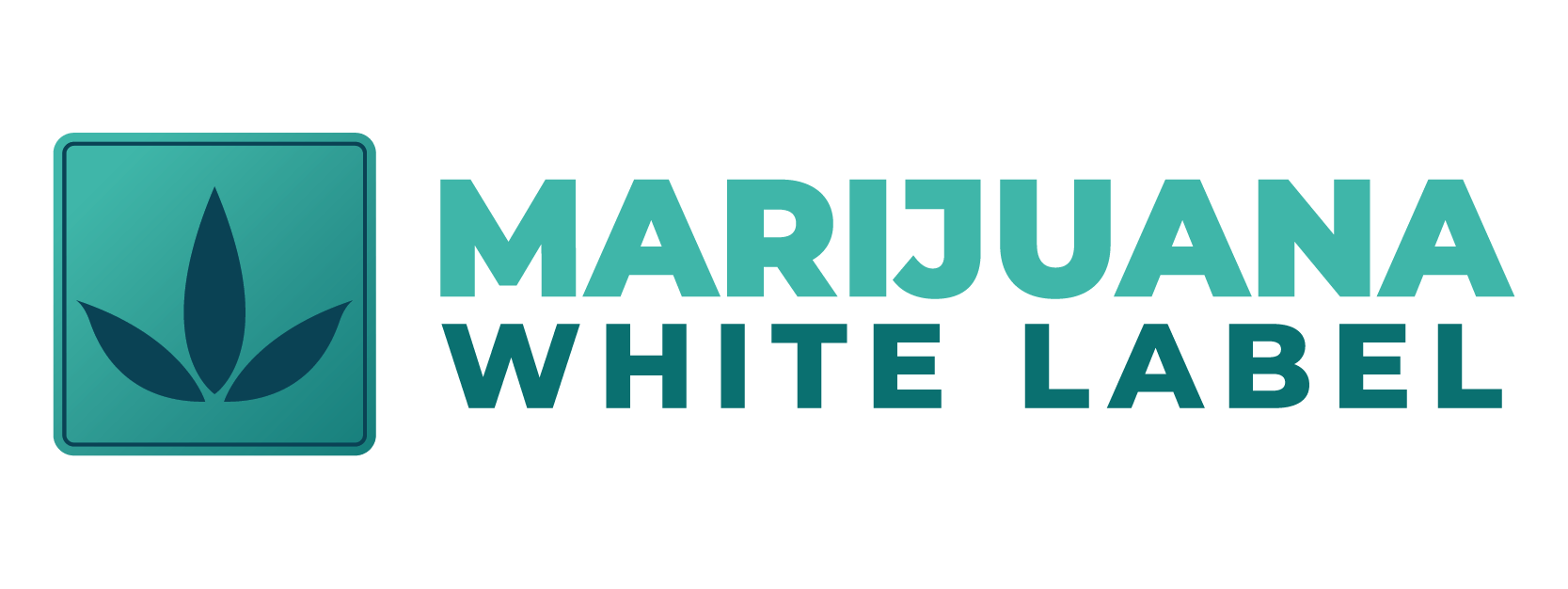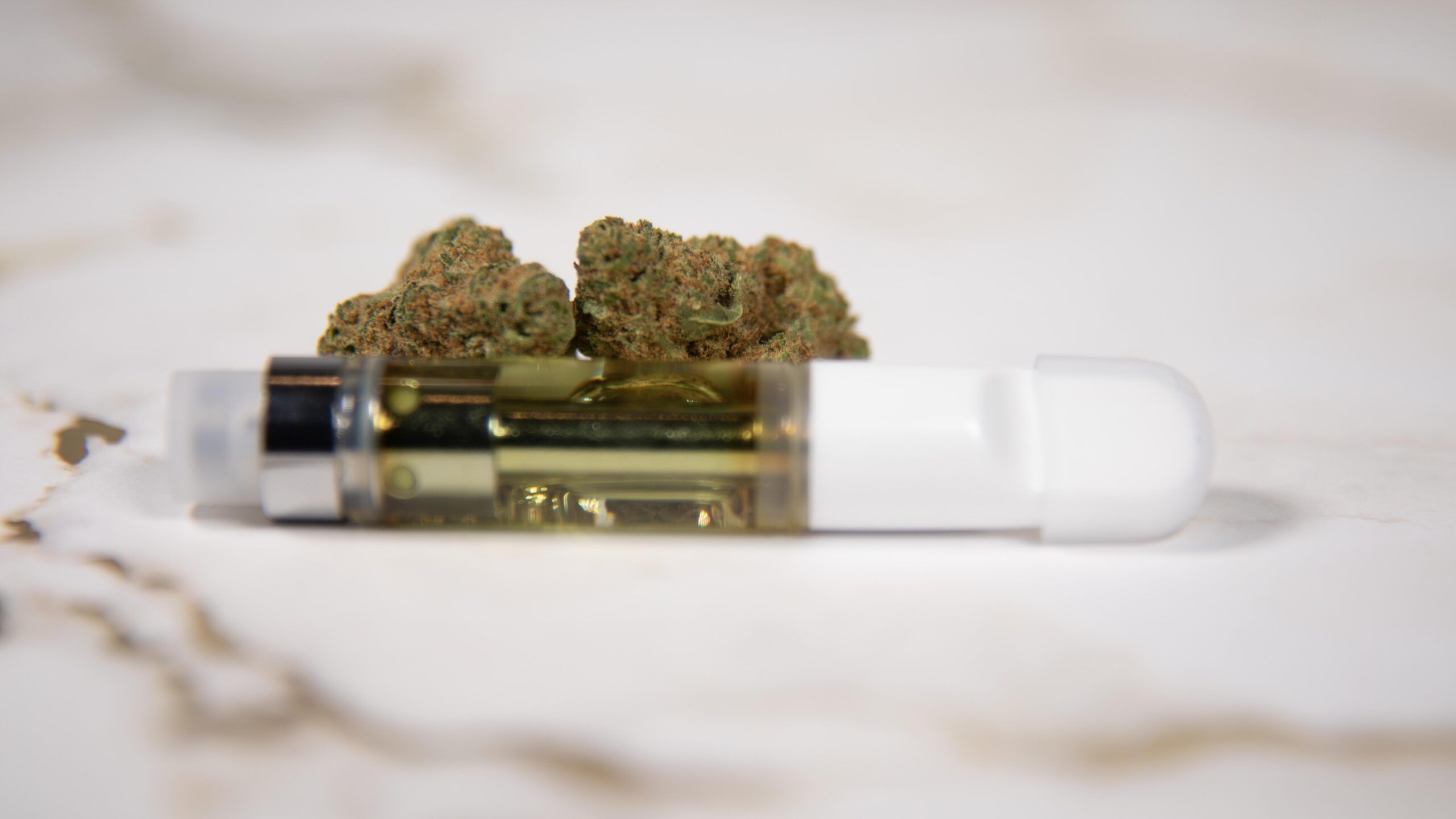As a rule, the chemistry—not the logo—determines what’s in the jar. When white-label products are built from the same inputs (cultivars, biomass grade, extract types) and run through the same validated processes as “name brands,” their cannabinoid and terpene profiles can be functionally indistinguishable. In regulated markets, both must pass the same third-party testing under state rules that require ISO/IEC-17025–accredited labs (e.g., California’s Department of Cannabis Control), so label claims for THC, CBD, and contaminant safety are governed by identical standards.
Where differences do emerge, they usually come from upstream biology and downstream processing—not from whether a label is national or private. Cannabis chemotypes are naturally variable; the dominant terpenes in commercial flower cluster into recurring “entourages” (e.g., myrcene- or caryophyllene-dominant groups), but absolute levels shift with cultivar, environment, harvest timing, and cure. Large datasets show these terpene clusters are consistent enough to group products, yet individual lots still vary—meaning a “house” (white-label) Sour Diesel grown and cured to spec can sit in the same chemical neighborhood as a branded Sour Diesel, but batch-to-batch differences are normal across both.
Validated testing frameworks help keep everyone honest. AOAC’s Cannabis Analytical Science Program (CASP) publishes method performance requirements and proficiency programs that labs and producers rely on for reproducible cannabinoid quantitation. Paired with ISO-17025 accreditation, these reduce lab-to-lab variation and underpin comparable COAs across brands and private-label lines. California, for instance, has moved to standardize cannabinoid potency methods specifically to curb “THC inflation,” reinforcing that all products—branded or white-label—are judged by the same yardstick.
Still, THC-number games have been documented industry-wide, affecting famous brands and budget lines alike. Enforcement actions and standard-method rollouts in 2023–2024 targeted this problem, and trade reporting continues to track closures or suspensions of noncompliant labs. The takeaway for buyers—retailers and consumers—is that provenance of the test (method, lab, sampling) matters more than the marketing tier of the product.
Terpenes deserve special attention because they’re more volatile (and more process-sensitive) than cannabinoids. Multiple studies show terpene losses during drying, decarboxylation, and extraction, while cannabinoids remain comparatively stable. For example, research has documented meaningful terpene evaporation during post-harvest handling and storage, and extraction papers show process parameters can cut terpene recovery dramatically if not optimized—differences a consumer will smell long before they see a potency delta. Manufacturers—white-label and branded—counter with low-temperature extraction, terpene capture/recapture, and formulation strategies that protect or reintroduce native profiles.
Storage and packaging then decide how much of that aroma survives to the shelf. Light, heat, and time drive terpene loss; controlled studies report significant evaporation under high-lux exposure and over prolonged storage, while airtight, low-light conditions preserve more of the profile. Here again, outcomes depend on process control (barrier packaging, nitrogen flushing, cold chain) rather than whether the label is a celebrity name or a retailer’s house brand.
What about edibles and vapes? In many edibles, the starting extract is neutral (distillate), and any terpene signature is added back—either cannabis-derived or botanically sourced—per a specification. That means a white-label gummy formulated with cannabis-derived terpenes at a defined ratio can mirror a premium brand’s sensory profile if the inputs and load levels match (and the water activity/pH are tuned to keep volatiles stable). In vapes, higher terpene content can influence aerosol chemistry and flavor transfer; reputable manufacturers (brand or private-label) set safe terpene ranges and validate with emissions testing.
From the manufacturing side, equivalence is a spec and SOP discussion:
- Inputs: Same cultivars/grades (or standardized blends) yield comparable cannabinoid baselines; terpenes depend on harvest/cure and must be measured per lot.
- Process: Low-temp extraction, rapid decarb, terpene capture, and oxygen/light control protect aroma; poorly tuned processes strip it.
- Testing: ISO-17025 labs using AOAC-aligned methods and state-standardized procedures make COAs between white-label and name-brand products directly comparable.
- Governance: Markets actively policing potency inflation increase trust parity across tiers.
So, are white-label chemistry profiles “different or the same”? They’re the same when the recipe, inputs, and controls are the same—and they diverge when any of those upstream or downstream levers change. For retailers and consumers, that means evaluating COAs (total cannabinoids, major/secondary terpene percentages, sampling dates, accredited lab info) and sensory integrity (aroma on open, oxidation notes) is a more reliable signal of quality than whether a product was produced under a flagship brand or a private-label program. In a mature, standards-driven supply chain, white-label is a manufacturing model—not a quality tier.

